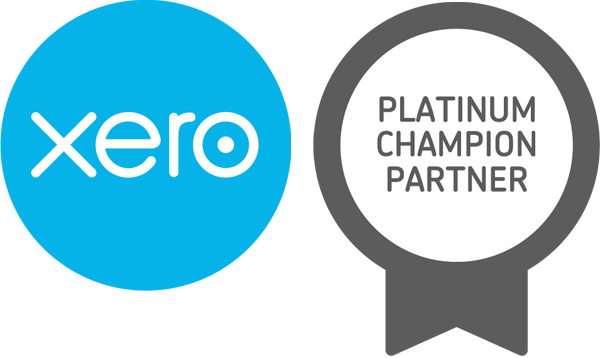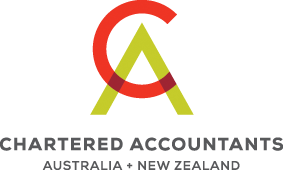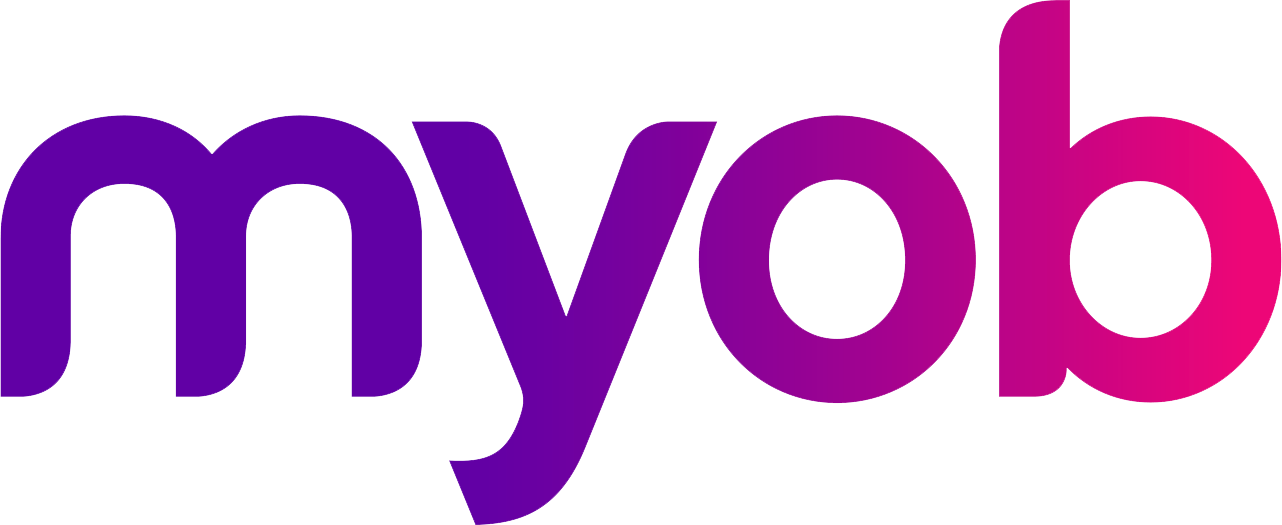Tax Time - Unexpected First Time Debts
For the first time, many Australians are finding themselves in a position where they are being told they owe the ATO money after completing their tax return this year. A significant number of taxpayers in this position are those that are still paying off their Higher Education Loan Program (HELP) debts – many of them young Australians.
When PAYGW is deducted from salaries and wages to take account of HELP liabilities, the withheld amount is not applied against the HELP debt until after the end of the income year, when the tax return is lodged. This means that indexation is applied to the debt without considering any PAYGW withheld during the year.
Fact or myth?
This is a myth.
Indexation only affects the loan balance. It does not affect the amount of the year-end tax liability.
When an employee has a salary sacrificed, the lower salary will reduce the PAYGW withheld. Still, the reportable fringe benefit is included in the repayment income used to determine liability to HELP repayments.
Fact or Myth?
This is a fact.
HELP repayment income is the total sum of the following amounts from a person’s income tax return for the income year:
- taxable income
- reportable fringe benefits (as reported on their payment summary)
- total net investment loss (which includes net rental losses)
- reportable super contributions (including salary sacrificed contributions); and
- any exempt foreign employment income amounts
Negative gearing amounts are added back and included in HELP repayment income. The rapid rise in interest rates will flow through to negative gearing amounts, increasing the repayment income.
Fact or Myth?
This is a fact.
However, this will only affect those engaged in negative gearing, which may not be many young Australians with a HELP debt.
The end of LMITO after 2021/22 is only just being realised by taxpayers now, despite two years of talking about this. The message did not get through, or the impact was not fully understood.
Fact or Myth?
This is a myth.
For employees, the PAYGW rates were increased to take the LMITO abolition into account, so yes, no refund, but there should not be tax payable due to just the LIMITO ending.



Address
44 Gray Street
Hamilton Vic 3300
Call Us
Mail Us
 Brentnalls
Brentnalls
 Xero Platinum
Xero Platinum
 CA
CA
 Figured
Figured
 MYOB
MYOB
 Tax Prac
Tax Prac
Liability limited by a scheme approved under Professional Standards Legislation.
